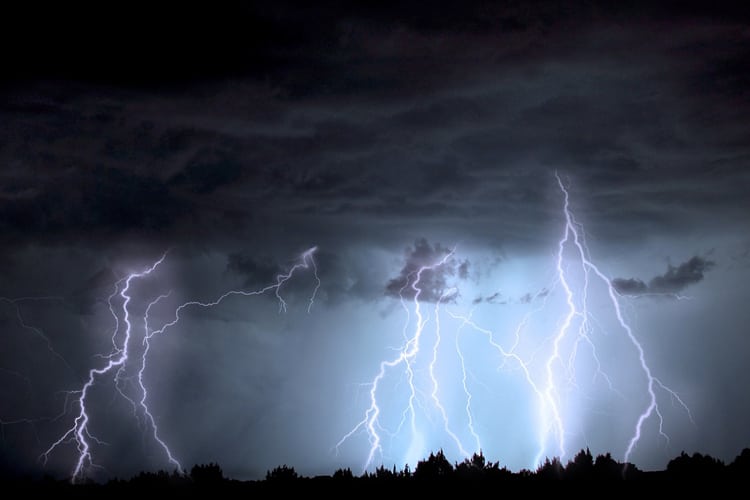We know heavy rain and blowing dust creates challenging driving conditions, but they can also affect your car’s performance and appearance. Your Neighborhood Auto Repair Professionals (NARPRO) explain how to protect your car during monsoon storms and stay safe on the road.
READ ALSO: 15 must-see places for an Arizona road trip
How the monsoon can hurt your car:
1. Appearance
Dust can cause fine scratches all over. Although some dust will blow off while driving, washing your car as soon as possible will help. Also, a coat of wax before the season will help protect the paint.
2. Comfort
If you’re caught in a storm, the cabin filter will likely become contaminated/restricted with dust affecting airflow and air conditioning performance. If you’re driving in a storm, switch your A/C to “recirculate” or “Max” to draw the air from the interior rather than outside.
3. Performance
Driving in a storm can drastically shorten the engine’s air filter life. Dust can restrict the filter, reducing fuel economy, causing poor performance and, in extreme cases, damage the engine.
4. Electrical systems
If the rubber molding around your windshield, doors and cab isn’t in good shape, water can seep in and create big problems. It could take a couple months before your electrical systems start malfunctioning or you could flood your engine and experience problems immediately.
5. Engine failure
Yes, if you drive through floodwaters you risk damage or even catastrophic failure of your engine and/or transmission.
Pre-monsoon checks
• Be sure your windshield wipers are in good working condition.
• Check windshield wiper fluid level.
• Make sure headlights and brake lights are clean and bright.
• Check tire treads.
• Check rubber molding around windshield, doors and cab. If water seeps it, it can lead to major electrical problems.
• Carry an emergency kit and a fully charged cell phone.
Monsoon driving tips
• Drive with headlights on during rain to increase visibility.
• Slow down when roads are wet and create a safe distance between you and the cars ahead.
• Avoid getting close to big vehicles like buses and semis. They can create a spray that hits your windshield and can make it harder to see.
• Never cross a flooded road. Just a few inches of water can move a car, truck or SUV.
• If you lose traction and it feels like your car is drifting or sliding, ease off the gas pedal. Do not hit the brakes. If you’re drifting or sliding carefully turn your steering wheel in the same direction of your slide.
• If you entered water pay close attention as you drive out. Gently apply your brakes a few times at low speed. Does anything look, feel, sound or smell different? If in doubt, have a trusted mechanic check it out.
• If you’re caught in a dust storm, pull off the road as far as safely possible, place your car in park and turn off all lights, including headlines, emergency flashers and dome lights. If you leave lights on, other drivers might follow and crash into your parked car because low visibility affects depth perception.




